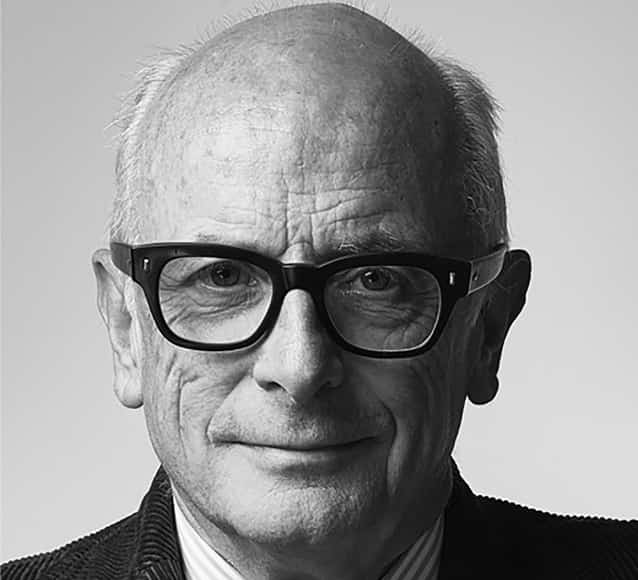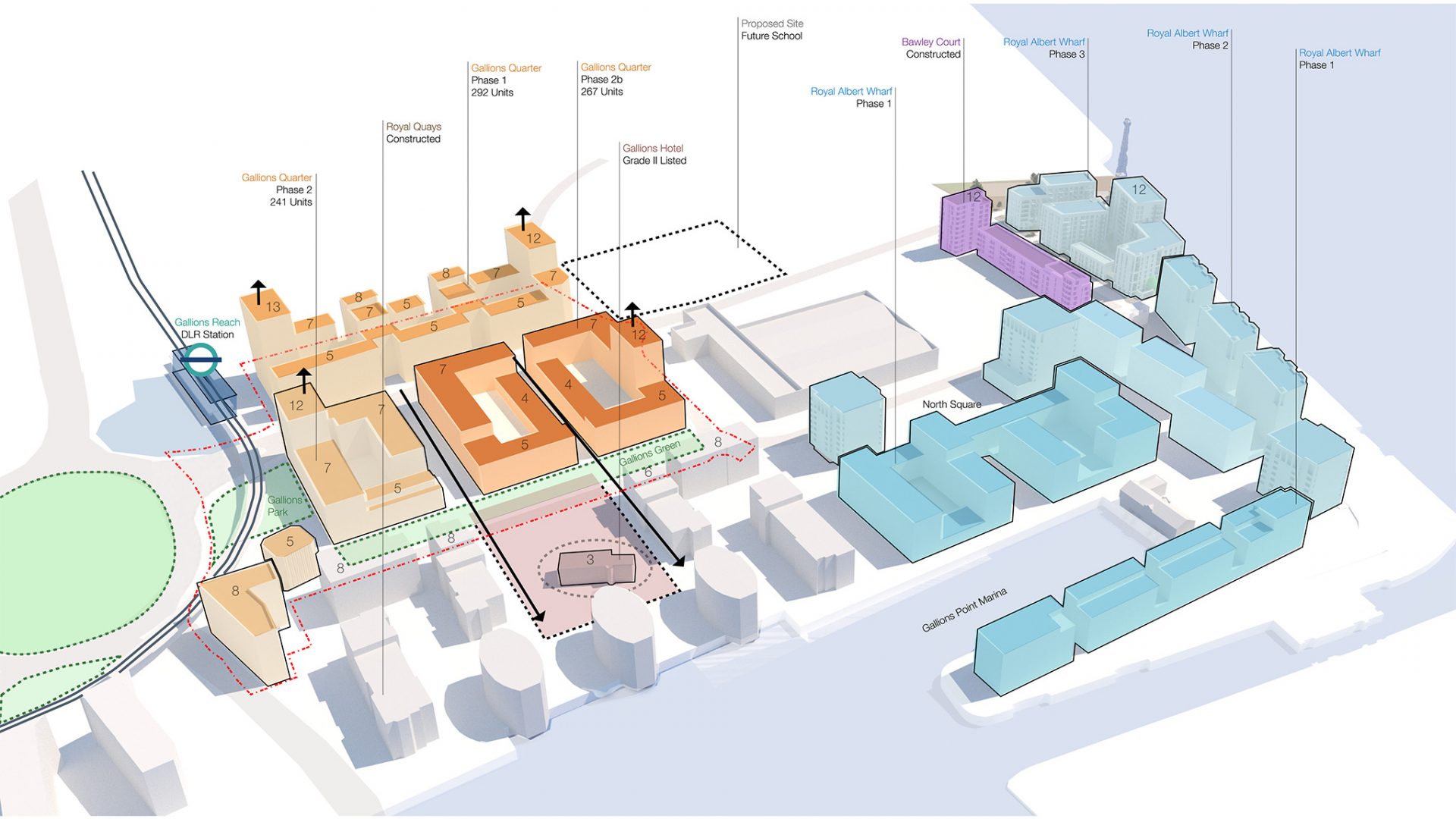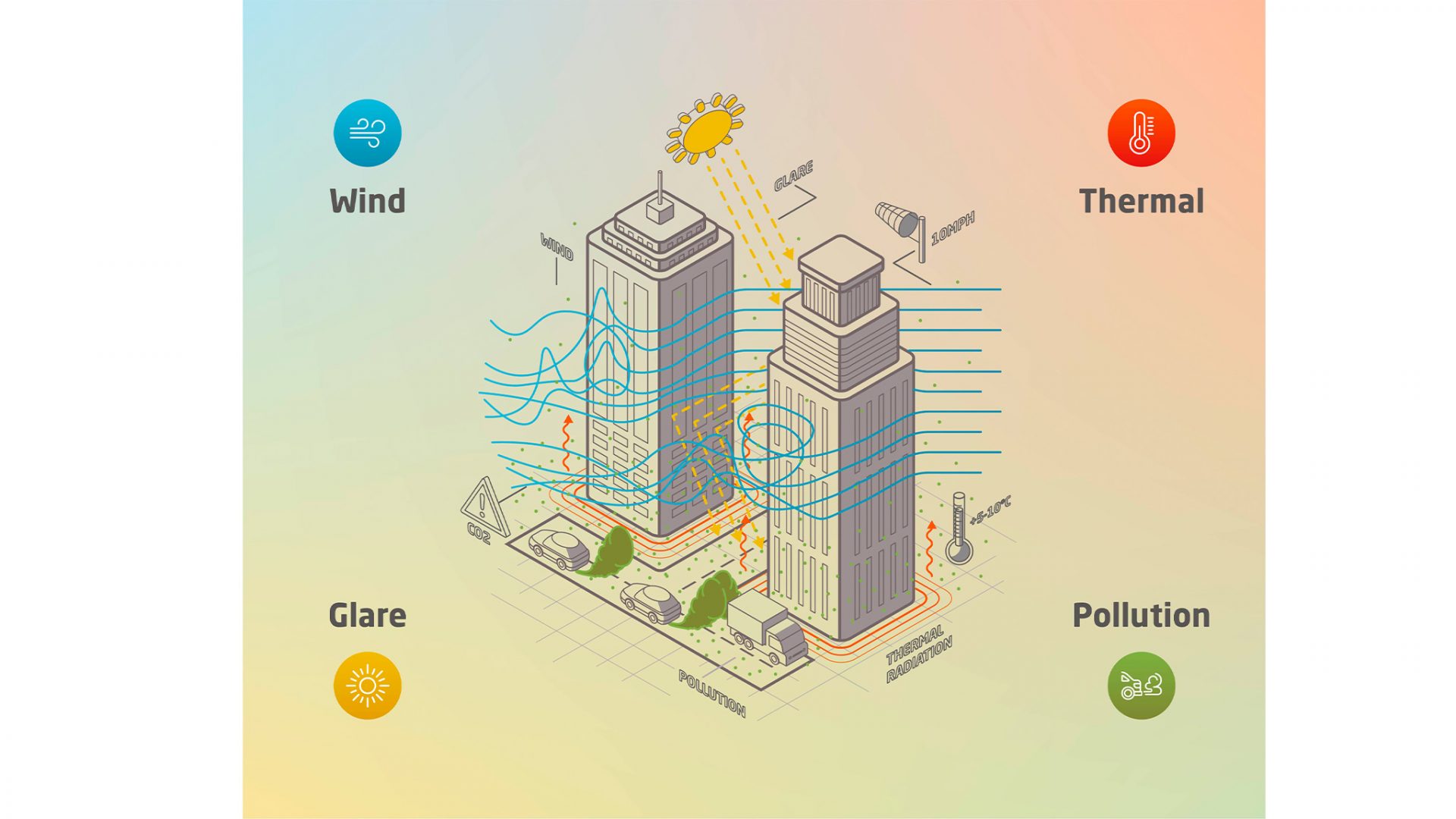- Peter Murray is the founder of the London Festival of Architecture and the chairman of New London Architecture. In this essay he shares his thoughts on our 2019 theme of boundaries.

London grew and flourished because of its river, but of all the capital’s boundaries, the Thames must be the greatest. When the Romans built the first London Bridge in AD 50 they linked the stable, rising north bank to the marshy low-lying south; to this day the varying geological makeup of two banks has impacted hugely on their development and their prosperity.
Until the opening of Putney Bridge in 1729 London Bridge was the only crossing in the capital – earlier plans had always been defeated by lightermen who were worried about losing their ferry monopoly. Since then the proliferation of crossings from Tower to Hampton Court has done much to knit the south and north of the capital together; except in the east. Between the Tower and Thurrock, only the much-maligned Emirates Air-Line cable car takes people across the Thames above water. There are plans afoot to remedy this situation – Silvertown Tunnel, due to open in 2024, will ease blockages in the Rotherhithe and Blackwall tunnels and designs are being prepared for a walking and cycling bridge between Rotherhithe and Canary Wharf as well as rail connections across to Thamesmead – TfL funds permitting.
The tunnel proposals are rightly criticised for merely increasing the number of cars and the volume of pollution; active travel infrastructure – walking cycling and public transport as mooted in the Mayor’s Transport Strategy – must surely be the way forward to deliver sustainable connectivity and allow convergence of riparian communities. After all, it was the Jubilee Line extension and the Millennium Bridge which did most in recent years to boost the local economy of Southwark. Road bridges don’t have the same effect – vehicles are, in the main, driving through, not stopping and adding to the economy.
Which brings me to the nub of this blog: the proposed car-free bridge from Nine Elms to Pimlico, the result of a competition launched five years ago. The winning designers Bystrup and Robin Snell Architects are still at consultation stage in the search for a suitable landing site on the north bank. Both political parties in Westminster Council are fighting the plans as are the residents of Pimlico resurrecting once more the historical conflict between the established north with the upstart south.
Recently, I brought the wrath of local amenity groups on my head by accusing them on Twitter of being Nimbies. For some reason, they find this insulting in spite of the fact that they are saying in no uncertain terms “we do not want this in our backyard”. While some of the antagonism towards the project is based on the loss of public space around the landing points, talk to locals and they just don’t like the idea of the influx of cyclists and pedestrians from the south through their ‘urban village’.
Which made me realise how relevant LFA’s theme is to the contemporary debate about development. How do we get the balance between such local communities and the wider city? As a cyclist, I always find it odd that people will accept thundering traffic through their neighbourhood but fight tooth and nail to stop a new cycle route, as we have seen in Swiss Cottage with Cycle Superhighway 11 and in Chiswick with the CS9.
Permeability is an essential part of placemaking in today’s city, focusing on active travel and healthy streets to link communities rather than separate them – and that includes communities on both sides of the river.






